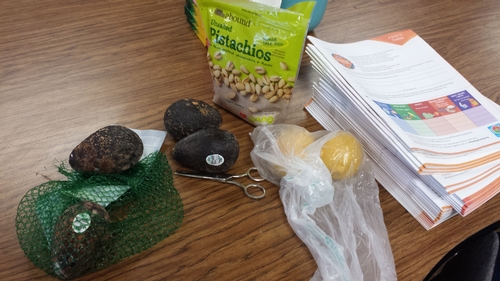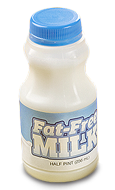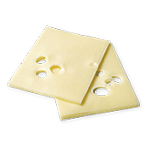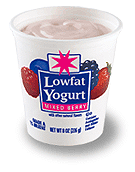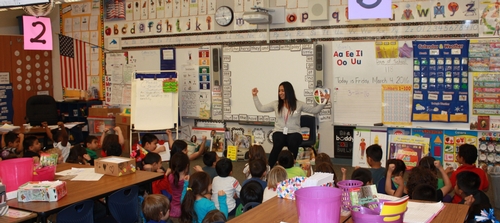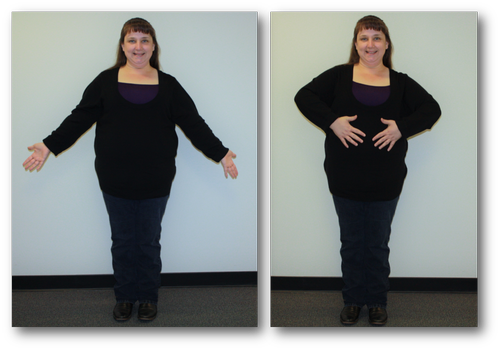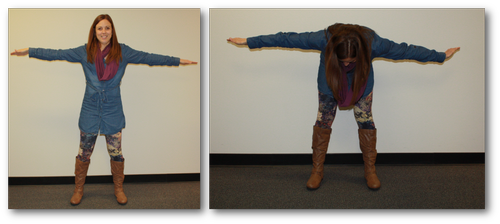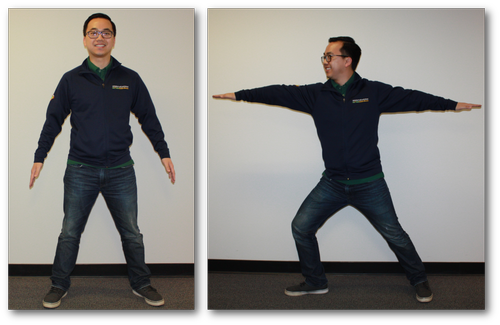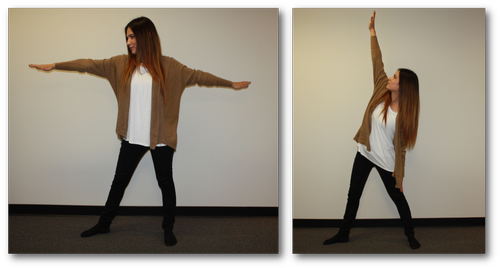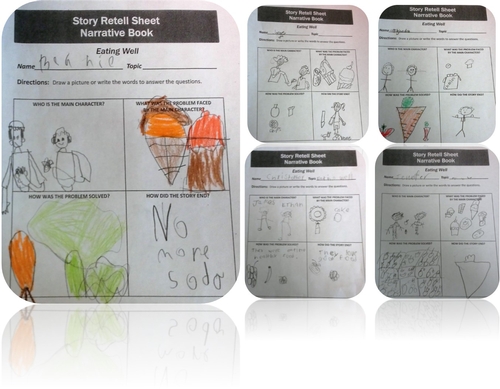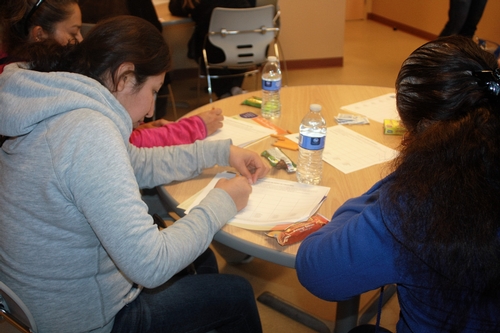
- Author: Tacu Vang
- Editor: Emily Harris
As I walked into Mrs. Haught's third grade class at Burroughs Elementary, Mrs. Haught told me what had been going on in her classroom for the past month. Her students were learning how to grow plants in different environments. The types of seeds used were radish seeds, avocado seeds, lemon seeds, and pistachios.
Some seeds were taken directly from their adult plant!
The experiment showed the students that seeds can sprout in different environments, such as in soil, on top of soil, and in water alone. The students took turns watering and keeping an eye on the plants every morning when they came into class. Mrs. Haught was ecstatic that she was able to show students how plants grow and how they can regenerate roots. She told me that her goal was to show the students where fruits and vegetables come from and why they're important for our bodies.
This is an avocado seed that was set in water by the window. This was one method that was tested to see if it would sprout any roots.
Here are a few radish seeds that were placed on top of soil and watered everyday. One of the students named the plant, "Jeff Jr."
This is the progress of some radish seeds that were beginning to sprout and grow into a bigger plant. It was watered every day by the students.
Here is a picture of two plants that were broken apart and set in water. The plant eventually started regenerating roots in water. The students couldn't believe that plants could do so in water without any soil.
After talking with Mrs. Haught, I've teamed up with her to try to bring an edible school garden to the students of Burroughs Elementary in the near future. Our hopes are to show students where their food comes from in order to encourage their consumption of fruits and vegetables.
- Author: Consuelo Cid
- Contributor: Emily Harris
Hamilton Elementary students learn that exercise and calcium-rich foods with Vitamin D, from the dairy group, keep their bones strong for life.
What better way to learn about where milk comes from and what foods are made from milk, you ask? A story about a magical cow of course!
Childhood and adolescence is a critical time period for bone building and consuming calcium-rich foods with Vitamin D to keep bones strong for life! Did you know that strength-building and weight-bearing activities keeps our bones strong too? Hamilton Elementary students try Shape of Yoga to get their bones strong for life.
Pre-kindergarten students try a modified Apple Tree pose!
1st grade students try the Fruit Smoothie pose!
2nd grade students try the Standing Carrot Stick.
Want to give yoga a try? Follow our UC CalFresh Nutrition Staff as they demonstrate a few Shape of Yoga poses.
Standing Carrot Stick
Folding Quesadilla
Broccoli Lunge
Fruit Smoothie
Apple Tree
If you give Shape a Yoga a try, feel free to share your pictures with us on Facebook, Twitter, or Instagram @UCCalFreshFC.
March is National Nutrition Month!!!
Click here for tips and handouts to make this month and this year the healthiest yet!
- Author: Consuelo Cid
Healthy snacks and beverages are an integral part of a child's diet because they can help our children consume the vitamins, minerals, and other nutrients needed for optimal growth.
Children have smaller stomachs than adults, which means that they may get hungry in between meals. Therefore, it is important that they learn how to distinguish between treats and healthy snacks.
To assist me in this endeavor with my Vang Pao Elementary School students, I introduced James and Ethan, two characters in the book, Looking After Me: Eating Well, by Liz Gogerly and Mike Gordon. In the story the students learned that eating too many treats can make us sick, but they also learned, along with James, that eating well is the secret to staying fit and healthy.
Here is what my 2nd grade Vang Pao Elementary students had to say about eating well...
Shout out to Maria Mendez's second grade class for their great responses!
For tips on healthy snacking, visit choosemyplate.gov.
- Author: Consuelo Cid
Building and forging healthy habits can seem daunting or intimidating, at first.
Cost and time are common concerns and barriers towards incorporating healthy snacks and meals into your life; however, with just a few simple strategies like planning meals ahead of time, cooking large one-pot meals, and buying and shopping for foods that are currently on sale, you can help stretch food dollars and save time when it counts!
The UC CalFresh Nutrition Education Program strives to empower parents, students, and the community at large to make healthy food choices while simultaneously staying active. We empower our participants by arming them with the skills, knowledge, and self-efficacy necessary to be informed consumers and health advocates for themselves and their families.
The UC CalFresh Nutrition Education team hosted a 4-week Plan, Shop, Save, and Cook series where Vang Pao Elementary parents gained skills in shopping, saving, and preparing meals while staying within their food budget.
Participants brainstorm family meals!
Give it up for our Vang Pao Elementary parents who successfully completed the Plan, Shop, Save, and Cook series.
Our participants are eager to share what they learned and want to encourage you to make healthy food changes for yourself. Join us and post your #healthyselfie to encourage others in your community to make healthy food choices. Together we can make for a healthier California!
Need inspiration? Here are our Vang Pao parents' #healthyselfies.
- Author: Emily Harris
- Contributor: Shawna Rogers
Kindergarten students at Birney Elementary had a lot of fun learning about grains with their nutrition educator, Mrs. Rogers!
![IMG 0252[1] IMG 0252[1]](http://ucanr.edu/blogs/UCCalFreshFresno/blogfiles/28216.jpg)
![image5[1] image5[1]](http://ucanr.edu/blogs/UCCalFreshFresno/blogfiles/28215.jpg)
![image2[1] image2[1]](http://ucanr.edu/blogs/UCCalFreshFresno/blogfiles/28212.jpg)
![image3[1] image3[1]](http://ucanr.edu/blogs/UCCalFreshFresno/blogfiles/28213.jpg)
